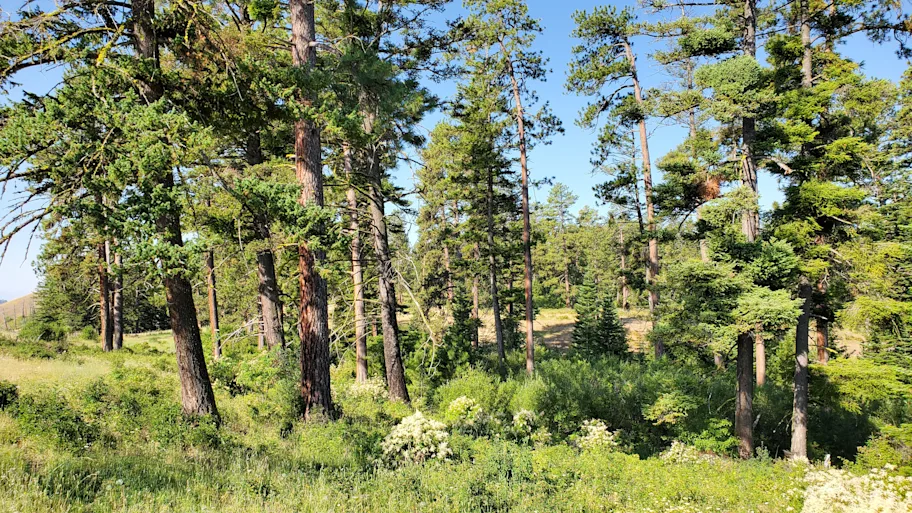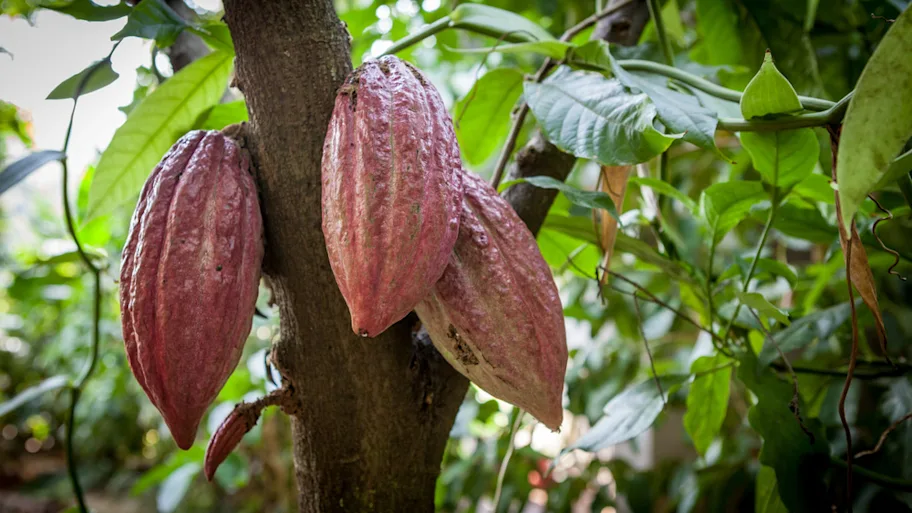
- Science news
- Life sciences
- Do trees go to sleep at night?
Do trees go to sleep at night?

by Juan Jovel, Frontiersin.org
It may sound like something from a fantasy book, but scientists have found that trees seem to go to sleep at night.
One hour after sunset, tree branches start dangling and continue doing so throughout the night, reaching their lowest point about 9-11 hours after sunset, new research published in the journal Frontiers in Plant Science has found.
When morning comes they start to return to their normal position, which takes another three hours.
The daily position of the branches and leaves allows trees to maximize their capture of sunlight, which fuels their biomass-producing processes, while the drooping position probably reduces the loss of heat during the night.
Circadian rhythms refer to biological processes that cycle roughly every 24 hours and explain, for instance, patterns of sleeping and feeding in animals. The scientists from Finland, Austria and Hungary, setup to investigate whether silver birch trees experience movement patterns in a circadian fashion.
They used a sophisticated technique called Terrestrial Laser Scanning (TLS), which allows monitoring the movement of objects, including trees or parts thereof, during day or nighttime.
Dr. Eetu Puttonen, from the National Land Survey of Finland, and his international collaborators, used TLS to monitor the movement of birch trees’ leaves and stems, from dusk to sunrise, in fields of Finland and Austria.
He explained: “Movements are likely correlated with water balance of the plant and are therefore important for taking decisions concerning irrigation or when studying how tree species affect their specific microenvironments. Moreover, it can help to improve planning and optimizing commercial use of forest resources by providing better guides for timber extraction or sap collection.”
The team determined that, close to sunrise, the branches of the trees were droopier than at twilight. Some of the branches displaced as much as 10cm from their position at dusk. Such movement includes only systematic positional variations observed along several hours and therefore exclude sudden wiggles caused by wind.
Although movement patterns of small plants under controlled conditions of laboratory have been known for centuries, this is the first time that a high-resolution digital technology is adapted to monitor movement of whole trees under field conditions.
Read the full article in Frontiers in Plant Science
REPUBLISHING GUIDELINES: At Frontiers, open access and sharing research is part of our mission. Unless otherwise noted, you can republish our articles posted in the Frontiers blog – as long as you credit us with a link back. Editing the articles or selling them is not allowed.






